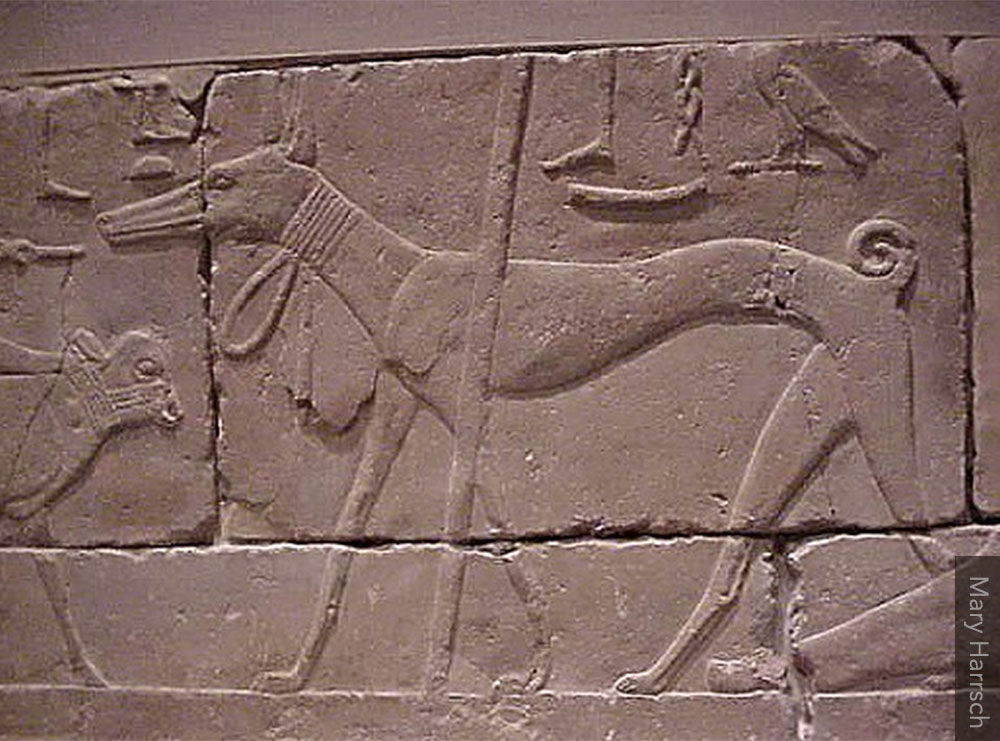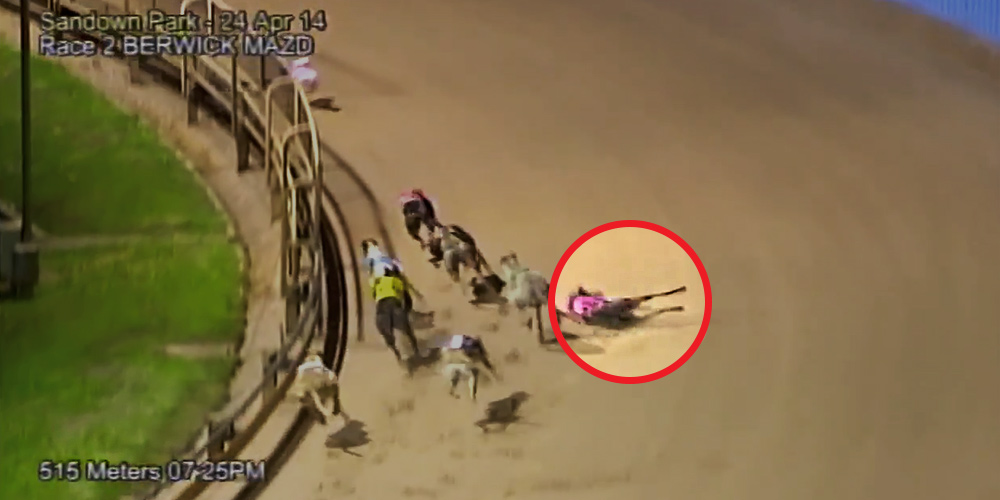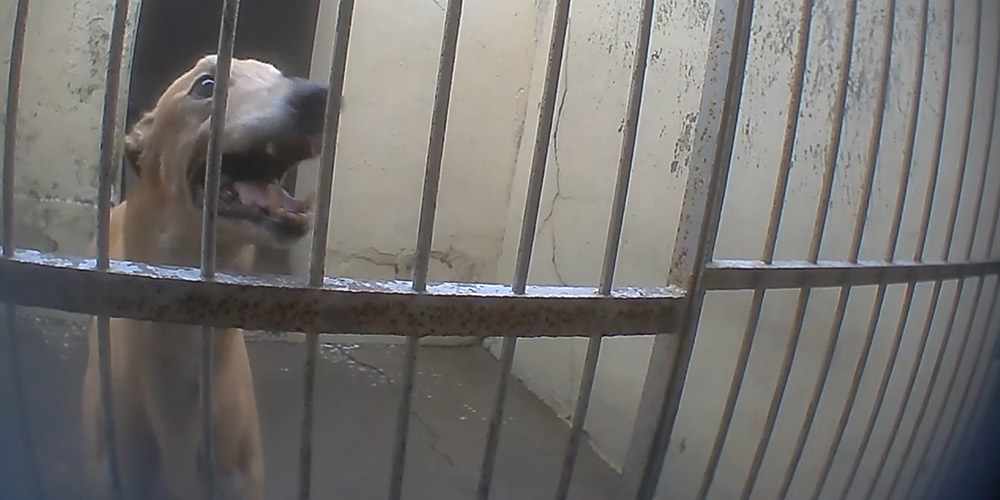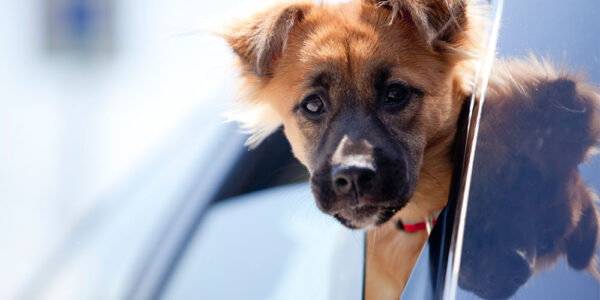PLEASE NOTE: This article was published in 2015. For more current information about Australia’s greyhound racing industry, and to speak up for the sensitive dogs trapped in it, please visit our ban greyhound racing action page here.
Greyhounds have a long history which some have claimed dates back to Ancient Egyptian times.
And whilst depictions of greyhound-like dogs do appear inside the tombs of pyramids, it’s now considered more likely they originated from Celtic Europeans, with references to ‘Vertraha’ (a Celtic Arrian word for greyhound) appearing as early as 8 A.D. – making them the oldest ‘purebred’ canine.
Admired for their incredible sight (they can see for distances up to 1000 metres) and unsurpassed agility and speed, greys were admired as capable hunting companions. Augustus, a Roman poet, described a greyhound as “swifter than thought or a winged bus bird it runs”.
It was the aesthetic beauty of these dogs that saw them compared to the likes of the Roman God Apollo, and it was their inner beauty that saw them by the hearths — and by the sides — of their human companions for hundreds of years.
This image contains content which some may find confronting

The Greek historian Arrian encapsulated the appreciation of the true nature of greyhounds in a written tribute to his own greyhound, ‘Horme’ from as early as 430 BC:
“… while I am at home he remains within, by my side, accompanies me on going abroad, follows me to the gymnasium and while I am taking exercise, sits down by my side. On my return he runs before me, often looking back to see whether I had turned anywhere off the road; and as soon as he catches sight of me, showing symptoms of joy, and again trotting on before me.
If I am going out on any government business, he remains with my friend, and does exactly the same towards him. He is the constant companion of which ever may be sick; and if he has not seen either of us for only a short time, he jumps up repeatedly by way of salutations, and barks with joy, as a greeting to us.
Now really I do not think that I should be ashamed to write even the name of this dog… a greyhound called Horme, of the greatest speed and intelligence, and altogether supremely excellent.”
While greyhounds were considered to be invaluable hunting partners during ancient times, it was clear that their gentle nature, affection and loyalty saw them also become treasured companions.
For centuries to come, greyhounds would be associated with royalty, and featured in paintings, literature and art.
Greyhounds in modern history
While greyhounds had been used for the cruel ‘sport’ called coursing for many years (setting dogs onto animals for spectators to enjoy the ‘thrill of the chase’), it wasn’t until the early 20th century that modern greyhound racing was born in the USA, replacing live animals for the dogs to pursue with a mechanical lure (‘artificial hare’).
Greyhounds arrived in Australia with the first fleet, initially to assist with hunting. When the greyhound racing industry developed in the USA, Australia was one of several other countries to follow suit, with the development of racing tracks across the country.


Today, it is considered to be the least favoured of the three racing codes (thoroughbred, harness and greyhound) in betting, attendance and general interest — and nowadays is largely ‘restricted to a relatively small band of devotees’.
Dogs trapped in the industry are subjected to a high risk of injury and death on track, and when they aren’t racing, they spend most of their lives confined to cages. Most dogs, however, never make it to a track…
A long history – an uncertain future
Greyhounds are sensitive dogs, renowned for their gentle and affectionate nature. The world’s oldest breed of dog may be built for speed and agility, but within their centuries-old bloodlines is a predisposition for gentleness, affection and loyalty.
We live in a society that recognises dogs as cherished companions and beloved family members. In these modern times, there is no place for a ruthless gambling industry that so callously uses these trusting dogs, only to so frequently discard them when they are no longer seen as ‘profitable’.
Here’s how you can help greyhounds
Help us create a brighter future for greyhounds – one that takes these loving dogs from the racing kennels, and restores them to their long-held position as humankind’s best friend.
- Save a life: Learn about fostering or adopting a rescued racer today
- Speak up for them: Contact your MP to speak out against the cruelty of greyhound racing







